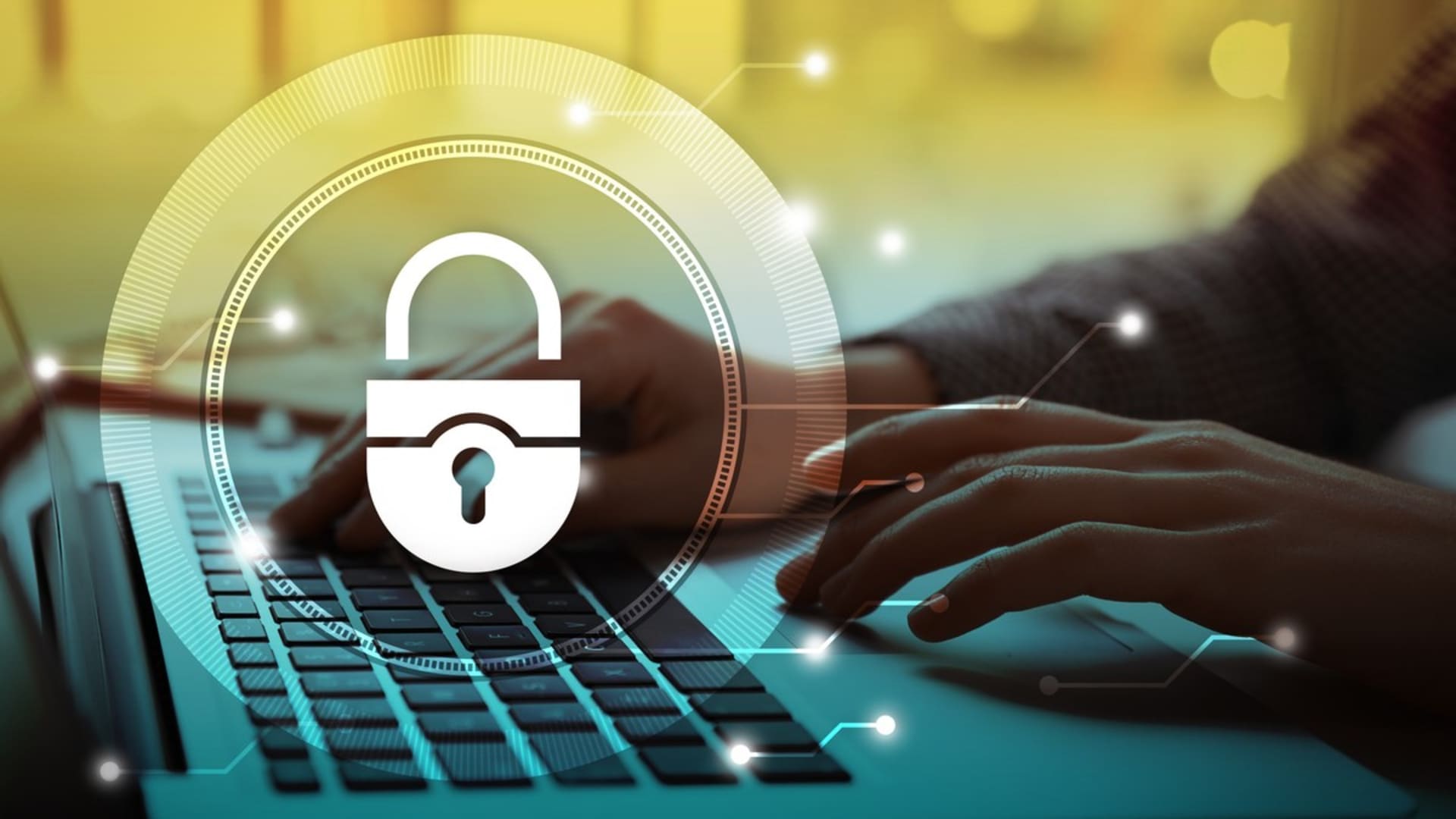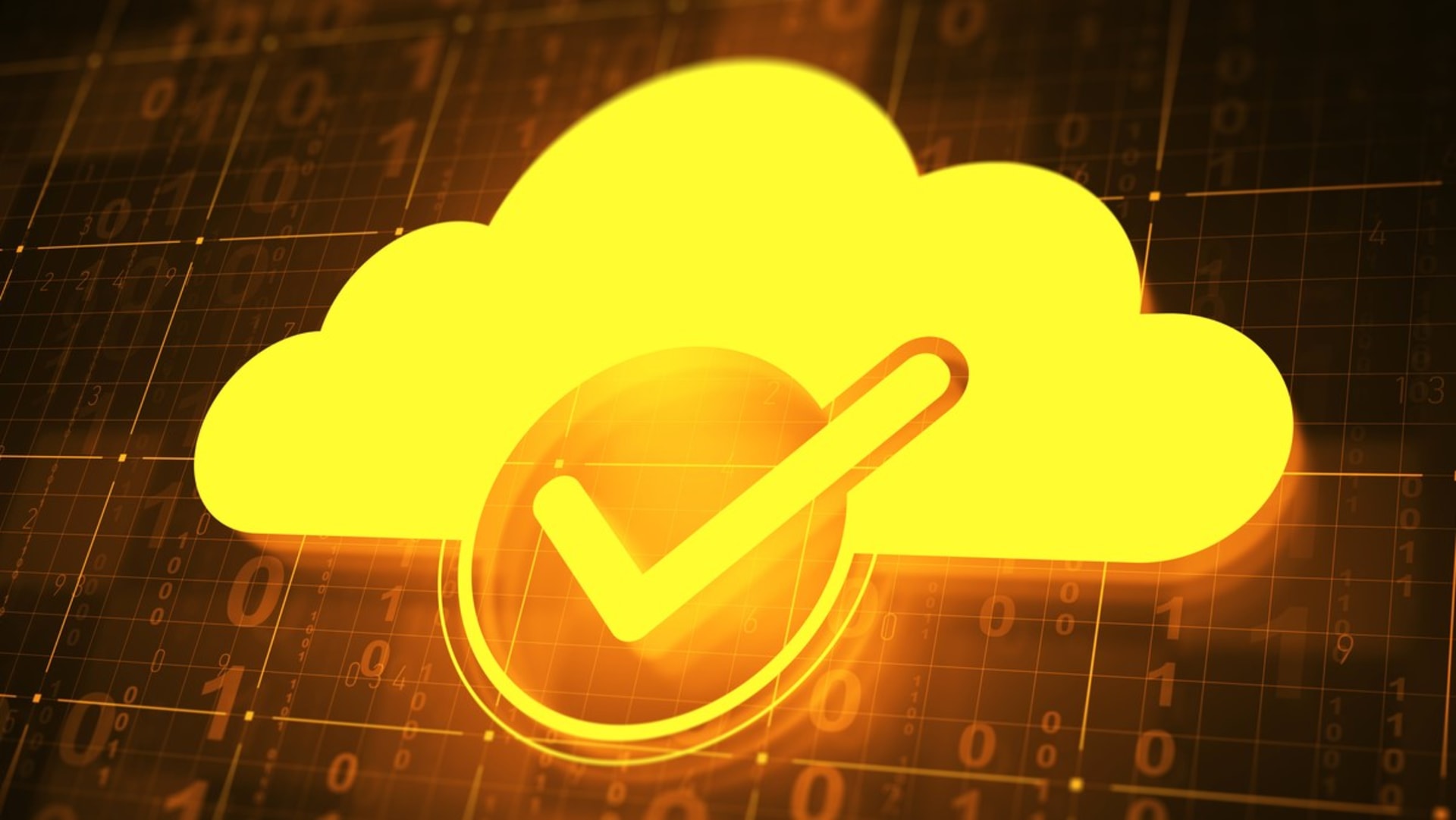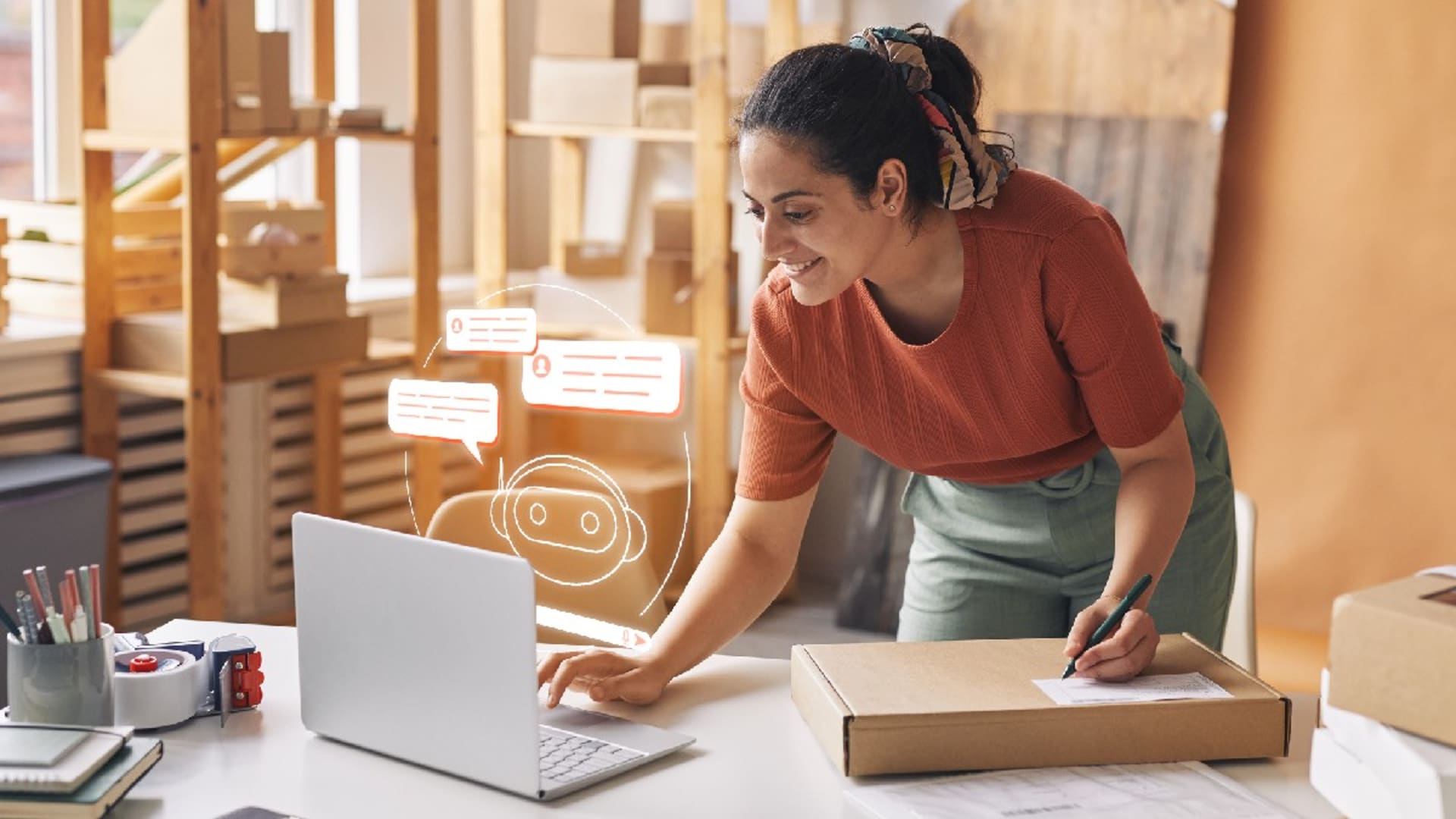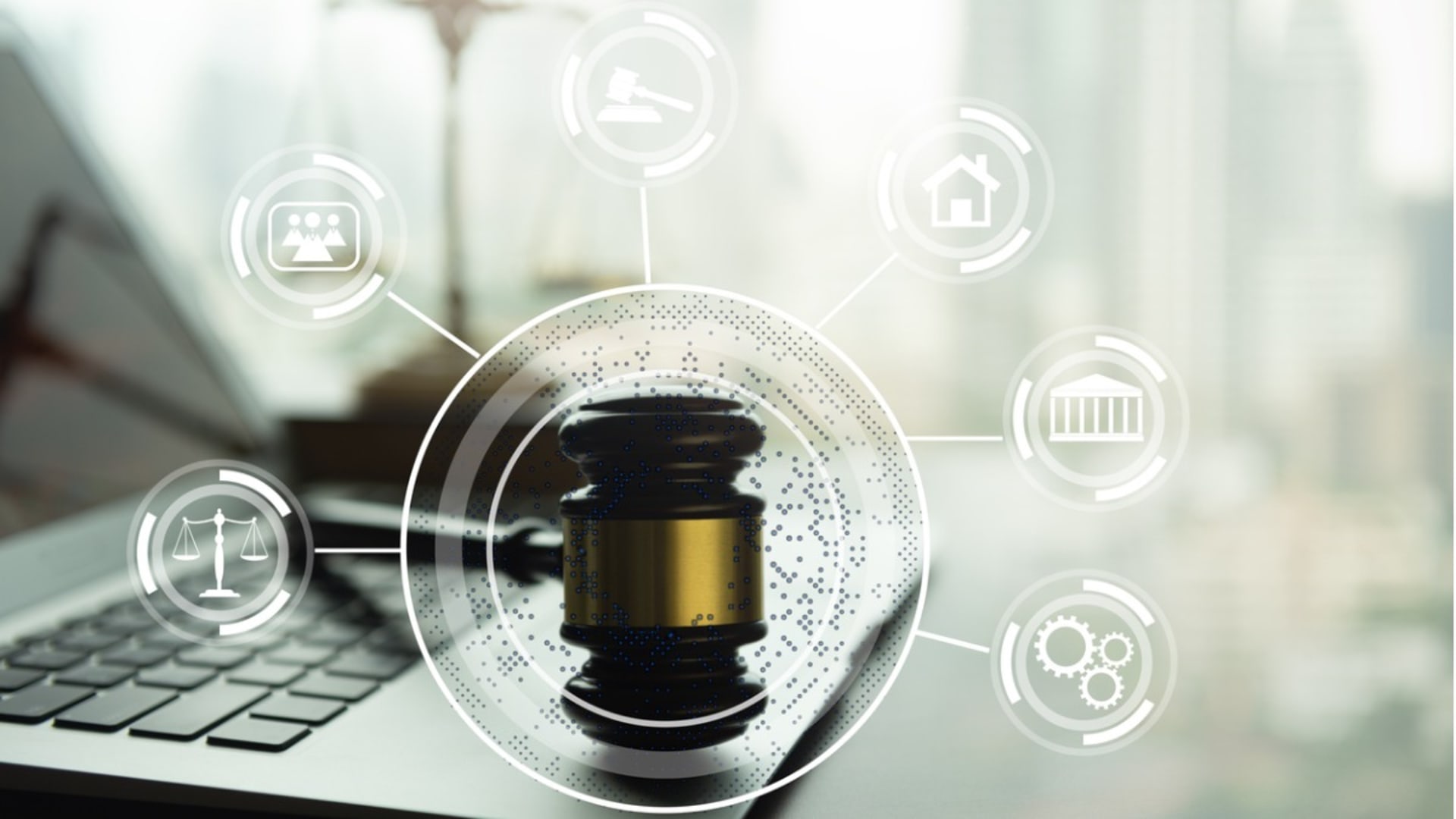The concept of a digital twin is causing a paradigm shift in our understanding of technology. A digital twin is a virtual representation of a physical object or system, such as a machine, structure, or process. It can be used to mimic the behavior of the real-world counterpart. It is created by combining data from sensors and other sources, as well as data from advanced analytics and machine-learning algorithms.
This allows for real-time monitoring and analysis of the physical object or system, which allows for predictive maintenance, which leads to greater efficiency and better decision-making.
The idea of digital twins has been around for decades, but thanks to recent advancements in technology, it has just lately become more commonly used. Digital twins are currently used in a variety of business sectors, including manufacturing, healthcare, and energy. They assist businesses in lowering costs, increasing efficiency, and improving safety.
Throughout this article, we will look at how digital twins are influencing the current state of technology. Our discussion will center on the various types of industries that implement digital twins and some of the most common uses. We will cover the benefits of using digital twins and the challenges associated with doing so.
What Exactly Is a Digital Twin, Though?
A digital twin is the portrayal of a physical entity or system that is solely present in the digital realm. It is a digital reproduction of a system, which may be alive or non-living, and it can be utilized for various activities, including monitoring, analysis, and control. In other words, a digital twin is a real-time digital representation of a physical thing or system that is formed by integrating data from different sources.
The gathering of data is the first step in developing a digital twin of a physical object. The data can originate from a variety of places, including sensors, simulations, and other sources. Following the collection of data, a digital representation of the real entity or system is built.
After that, the virtual model is put to use to simulate the performance of the real-world system or object in various contexts. This makes it possible to examine how the actual thing or system might respond to a variety of scenarios. The outcomes of these simulations can be utilized to make predictions regarding the actions that the physical object or system will take when placed in situations that occur in the actual world.
After the virtual model has been developed, it can be implemented in the process of monitoring and controlling the actual system or physical object. This allows for monitoring and control of the physical twin in real time, which in turn enables more efficient operation and maintenance of the object or system.
Finally, the digital twin can be used to make adjustments to the physical object or system’s design and characteristics in order to improve the performance of the latter. This can be done to maximize the effectiveness of the former. This makes it possible to operate and maintain the system more efficiently, leading to greater performance.
The Origins of Digital Twins
The concept of digital twins was first introduced by Dr. Michael Grieves at the University of Michigan in the early 2000s. A virtual representation of a physical object or system can be used to monitor and analyze its performance in real-time, according to the concept of digital twins. Many industries, including aerospace, automotive, healthcare, manufacturing, and others, have since adopted this technology.
NASA began using digital twins in their space exploration program in 2003. They were able to simulate how spacecraft components, such as engines and fuel tanks, would perform in different environments before launching them into space by creating virtual models of these components. This enabled them to identify potential issues before they occurred and to make necessary adjustments.
Other organizations have begun to use this technology since then for a variety of applications ranging from product design optimization to predictive maintenance strategies. General Electric (GE) introduced its Predix platform in 2006, which employs IoT and digital twin technology to assist businesses in better managing their assets and operations through data analysis and machine learning algorithms.
Because of advancements in artificial intelligence (AI) technologies, such as deep learning and natural language processing (NLP), the use of digital twins has grown in popularity in recent years. Users can use these AI tools to create highly detailed simulations that can accurately predict how an asset will behave under certain conditions or scenarios. Manufacturers, for example, can now use AI-powered digital twins for quality assurance by simulating production processes ahead of time to identify potential issues before they occur on the factory floor.
Digital twin technology is also being used in healthcare settings, where it can be used for patient monitoring and drug development research. Furthermore, some cities are starting to use this technology for urban planning initiatives such as traffic management systems or smart city infrastructure projects such as water distribution networks or energy grids.
Overall, it is clear that digital twin technology has come a long way since its introduction more than 15 years ago. It continues to evolve as AI technologies advance, making it even more powerful than ever before.
Which Types of Companies Stand to Benefit the Most from Utilizing Digital Twins?
By utilizing digital twins, businesses have the potential to increase productivity, reduce costs, and increase customer satisfaction. Manufacturers, for example, can use digital twins to monitor the performance of their machines and improve the efficiency of their manufacturing processes. Using digital twins, healthcare providers can monitor their patients’ health and provide more personalized care. Monitoring energy consumption and maximizing production can both be accomplished by energy companies using digital twins.
Customer service can also benefit from digital twins. Retailers, for example, can use digital twins to monitor customer preferences and make personalized recommendations. Digital twins can also assist businesses in better understanding their customers’ needs, such as tracking customer feedback and using it to improve products or services.
Furthermore, digital twins can be used to monitor the performance of a company’s marketing campaigns, allowing for real-time adjustments for maximum efficiency. Finally, digital twins can assist businesses in identifying potential issues before they become major problems, saving time and money in the long run.
Digital twins, in general, can be used to improve the efficiency of entire supply chains. Companies can identify areas for improvement and make changes that will reduce costs and increase customer satisfaction by tracking and analyzing data from all points in a supply chain. By providing insights into their operations, digital twins can also help businesses better understand their competitors’ strategies and develop new ways to stay ahead of the competition.
What Are The Advantages of Digital Twins?
One significant advantage of using digital twins is that they enable organizations to simulate different scenarios before making changes in the real world, which helps to reduce the risk associated with new initiatives or product launches. It is possible to test out various configurations of an asset or process by creating a virtual model of it without disrupting existing operations or incurring additional costs associated with trial-and-error approaches. This also allows businesses to identify potential problems before they occur, allowing them to take corrective action as soon as possible if necessary.
Another benefit of digital twins is that they provide detailed data on performance metrics such as temperature readings, pressure levels, and so on, which can help inform decision making when it comes time for maintenance or upgrades. This data can also be used for predictive analytics, allowing businesses to forecast future requirements based on current trends and patterns in usage data collected from the twin’s sensors over time.
Finally, digital twins improve collaboration between departments within an organization, as well as external stakeholders such as suppliers or customers, who may require access to specific parts of the system to effectively carry out their tasks. By providing a single source of truth, everyone involved has visibility into what’s going on at any given time, which helps streamline communication channels while reducing errors caused by miscommunication or a lack of communication altogether.
Because of the emergence of cloud-based solutions that allow users to access and manage their digital twins from anywhere in the world, technology is also becoming more accessible to smaller businesses. This has opened up a whole new world of possibilities for businesses looking to leverage this powerful tool without investing heavily in hardware or software upfront.
Furthermore, advances in AI have made digital twins smarter by allowing them to learn from past experiences and make decisions based on that data. This means they can be used for predictive analytics as well as real-time insights into how an asset or process is performing at any given time, all while reducing the need for manual intervention.
As a result, it’s no surprise that the use of digital twins has grown in popularity in recent years, particularly among larger enterprises seeking to maximize efficiency while minimizing costs wherever possible. It is easy to see why so many businesses are turning to this technology to stay ahead of the competition in today’s ever-changing business landscape. Its ability to provide detailed data on performance metrics, reduce risk associated with new initiatives or product launches, improve collaboration between departments within an organization, and enable predictive analytics capabilities are among the benefits.
The Limitations of Digital Twins
While digital twins have gained popularity in recent years, there are some limitations and risks associated with this technology that must be considered before it is implemented.
One limitation of digital twins is accuracy. While they can provide useful insights into the performance of a system, they may not always accurately reflect reality due to errors in data collection or modeling techniques. This could result in incorrect conclusions being drawn from the twin’s data analysis, resulting in costly mistakes being made when making decisions based on those results. Furthermore, because digital twins rely on accurate models of physical objects or systems, any changes to these models must be reflected in the twin itself for it to remain accurate over time.
Another limitation is scalability. While digital twins can provide useful information about individual system components, scaling these models across an entire organization can become increasingly difficult as complexity increases. This means that if organizations want to use digital twins at scale across multiple departments or locations, they may need additional resources such as computing power and personnel.
Finally, because digital twins contain sensitive information about an organization’s operations and assets, unauthorized access could result in serious consequences, such as financial losses or reputational damage, if confidential information is leaked or stolen by malicious actors. When deploying digital twins, organizations should ensure that appropriate measures, such as encryption protocols and authentication methods, are in place to protect against potential threats posed by cyber criminals or other malicious actors who may seek access without authorization.
In conclusion, while digital twins provide many advantages for businesses seeking to gain insight into their operations and improve decision-making processes, there are some limitations and risks associated with this technology that must be considered before implementation. Before deciding whether or not to invest in a digital twin solution, based on their specific needs and requirements, organizations should carefully consider these factors.
Are Digital Twins a Disruptive Technology?
Why should we consider digital twins as disruptive? The answer lies in their ability to provide insights into complex systems that would otherwise require significant time and effort (and money) to obtain manually. By creating virtual models of these systems, which can then be manipulated at will without any risk or cost involved, businesses looking for ways to improve efficiency while reducing costs gain incredibly powerful tools at the same time.
Additionally, because these models are constantly updated with real-time data from sensors embedded within the physical system itself, they can provide up-to-date information about its current state—something which was previously impossible without manual intervention or expensive equipment being installed onsite first.
In summary, yes, digital twins do have the potential to disrupt existing business models by providing unprecedented levels of insight into complex systems at minimal cost compared to traditional methods such as manual inspection or costly hardware installations. As such, they represent an exciting opportunity for those willing to invest time and money into further exploring this new technology.
Implementing Digital Twins
Companies are able to monitor performance in real time and make educated decisions regarding how to optimize their systems when they have created a virtual representation of their physical assets and used this information. The implementation of digital twins calls for meticulous planning and execution, but the potential benefits are substantial. This list provides an outline of the steps that must be taken in order to put digital twins into action within an organization.
- Determine the business goals that will be met as a result of putting digital twins into action: Which issues require us to find solutions? Which data will need to be gathered? How will this data contribute to the overall improvement of operations?
- Select the appropriate technology platform for your digital twin implementation: When making your choice, you should take into consideration a number of different factors, including scalability, cost, security, and integration with any existing systems.
- Formulate a detailed strategy for the collection of information from all of your physical assets: Find out which sensors should be used and where they should be placed in order to obtain the information that your digital twin model needs to function properly.
- Design the architecture of your system that contains your digital twin: Determine the type of database that will be used to store all the data points collected and how that database will interact with other components such as analysis tools or software for visualization.
- Establish a safe location for the long-term storage of sensitive information: Make sure that all of the data is encrypted before it is stored in order to protect it from being accessed or manipulated without authorization by malicious actors who are located outside of the network perimeter of your organization.
- Connect legacy systems with newer technologies, such as Internet of Things devices or cloud computing platforms, so that they can communicate effectively with each other and provide accurate insights into operations.
- Use simulations to test out various scenarios related to asset performance or operational efficiency to identify potential issues before they become expensive problems. Use simulations to test out a variety of scenarios related to asset performance or operational efficiency.
- Keep an eye on the long-term results: Monitor performance metric changes over time so that you can adjust your strategies accordingly, if necessary.
The way technology is used in many different industries is being revolutionized by the use of digital twins. Digital twins make data collection, analysis, and decision-making more effective and accurate by offering a virtual representation of real-world objects. Businesses can now make decisions more quickly and accurately than ever before thanks to this.
It will become even more potent and practical in a variety of applications as the technology develops. Digital twins have already had a significant impact on the technological landscape, and their influence will only increase as they become more widespread, their influence will only increase.

